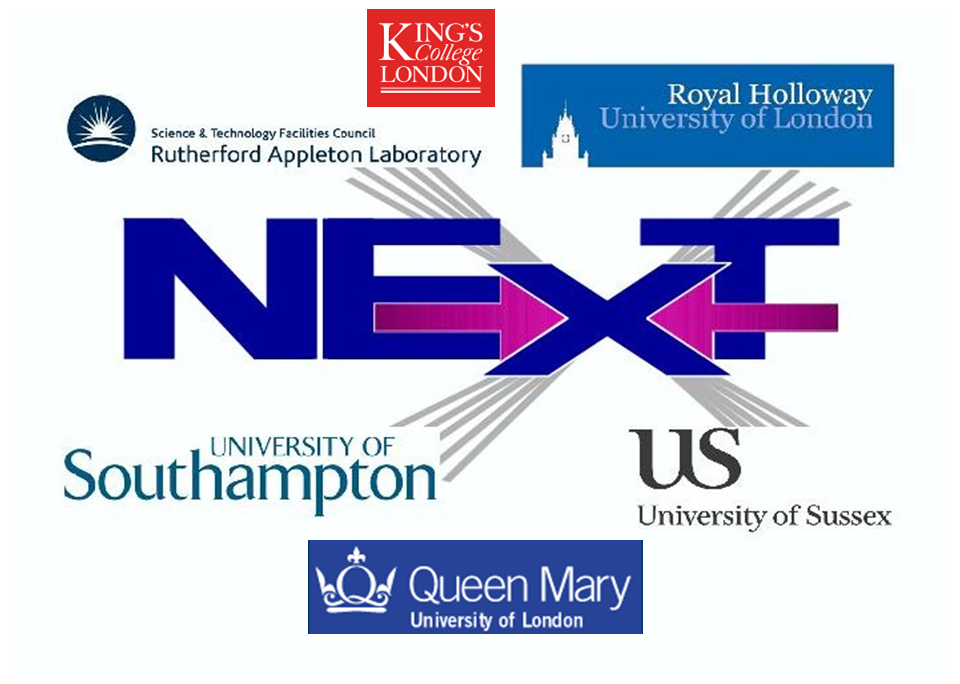NExT meeting at KCL
→
Europe/London
King's College London
King's College London
Bush house, 30 Aldwych, London WC2B 4BG
Room: Lecture theatre 5, 2.09, South-East wing, Bush house
Description

Location:
- Bush house, 30 Aldwych, London WC2B 4BG
Room: Lecture theatre 5, 2.09, South-East wing, Bush house
Please arrive at the SOUTH EAST reception of Bush house where Clelia will be there to issue you with a meal ticket between 1200-1230. If you arrive later they will still be able to sign you in. If you arrive between 1230-1330 come down to cafetaria and someone will be there to give you a meal ticket but you'll have to look for physicists. Contact Malcolm after 1330 by text message if you still can't get in (07908663182).
Registration
Participants
Participants
Alexander Belyaev
Celeste Ferrus
Christopher McCabe
Clelia Altomonte
David Marsh
Drew Backhouse
EDMANFERSON HOLANDA
Francisco Martínez López
Graham Van Goffrier
jiajun Chen
Leqian Chen
Luke Baines
Malcolm Fairbairn
Manimala Chakraborti
Matthew Lim
Maximilian Detering
Nikolaos Kouvatsos
Shaaban Khalil
Shankha Banerjee
Shu Chen
Souad Semlali
Tevong You
Ulla Blumenschein
Victor Maura Breick
Wen-Yuan Ai